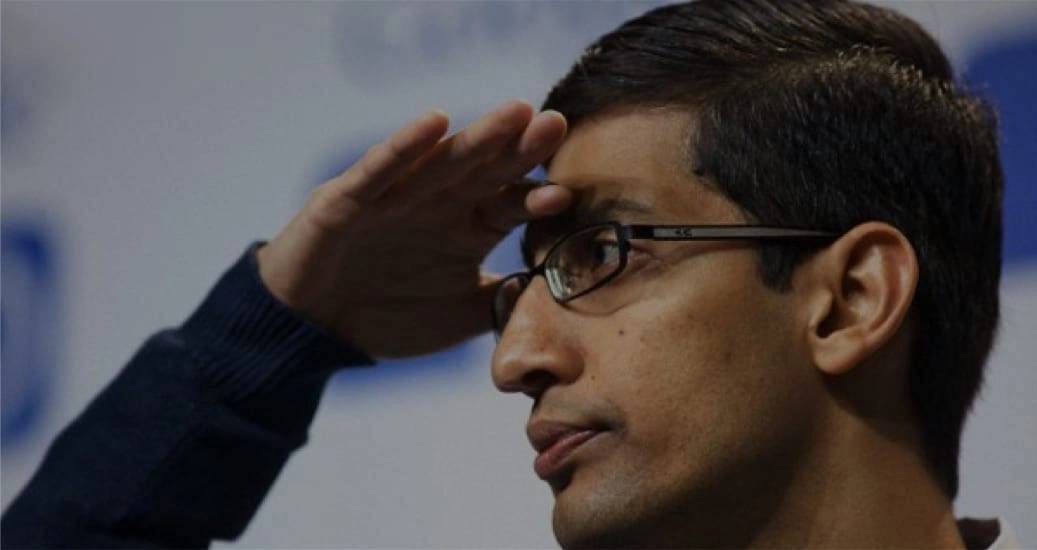CEO 1.0 - the Institution Builder
The first half of the twentieth century can be defined as the era of the institution building CEO. In this period the CEO was almost always the founder, pioneering the new businesses made possible by industrialisation and urbanisation. Henry Ford embodied the leaders of this generation with his absolute faith in a vision of democratising the automobile and making it so affordable that it was within the reach of the ordinary American.
CEOs of this generation ran their businesses in a command and control style. Decision making was limited to a handful of people and the strategy flowed directly from the founder. The common challenge for CEO 1.0 was to harness labour, capital and mechanisation to mass produce goods in modern factories.
In India, although a number of influential business houses began under the Raj, the first generation of CEOs only truly emerged after the country’s independence, reigning through to the start of economic liberalisation in 1991. While during this period the Government took it upon itself to establish large factories from steel to chemicals, there were several leaders from top corporations who joined hands to build a post-independence India.
CEO 2.0 - the Scale Builder
The second generation of CEO emerged in the West after World War II and dominated the business world until the end of 20th Century. Following the war, consumer demand surged across the developed world driven by a new generation of baby boomers. As consumers demanded ease and comfort, new industries were created, from airlines to entertainment and from credit cards to convenience foods.
This period coincided with the popularisation of scientific management and the growing influence of business schools offering formal management education. Together they produced a class of ‘white collar’ professional managers from whose ranks CEO 2.0 would emerge.
As businesses became more complex with their increasing size and scope, CEO 2.0 applied new management tools to solve their problems. They also worked more frequently with other functional experts in finance, sales, operations, and R&D. As a result, decision making became more widely dispersed and new decision processes were created to run the organisation.
The epitome of CEO 2.0 is Jack Welch, who focused his companies on being number one or two in any industry. In this era, the CEO’s most important external goal was to maximise investor returns. These returns were delivered by building conglomerates through both organic growth and acquisitions. To enable growth, strategy development shifted to formal planning systems. For CEOs leading companies with global ambitions, the role also demanded working effectively across geographical boundaries for the first time.
In the case of India, CEO 2.0 came into relevance only after the liberalisation of the economy in 1991. As trade barriers were removed and licenses abolished, the business landscape became more competitive and a different set of skills was required to grow. The adoption of management tools, starting with the quality movement and leading up to new marketing and planning tools, facilitated the jump to ‘professionalisation’.
CEO 3.0 - the Network Builder
As the world welcomed the 21st Century, a new era in the global economy had already begun with the erosion of trade barriers through globalisation, the birth of the internet and the development of new mobile technologies.
CEO 3.0 emerged gradually, appearing in a limited number of companies at first, but in the world of 2015, they have become the benchmark against which today’s CEOs are compared.
CEO 3.0 has flourished in the flat and networked organisation where they have excelled at collaborating with teams of knowledge workers. As leaders of millennials, they also know that their authority doesn’t come from their title. To motivate people they have learned to empower others and to inspire a sense of purpose that goes beyond financial results and rewards. To gain respect they have learned to open up and admit their own failures, exposing their human side as much as their heroism.
The third generation of CEOs has been shaped by an increasingly VUCA (Volatile, Uncertain, Complex and Ambiguous) world and the persistent threat of disruption from emerging technologies. As a result, they appreciate the need for greater agility at the individual and organisational level, which has shifted their approach to strategy development from rigid planning to continuous feedback loops. They are also unafraid of drawing on experiences outside their current company and in other industries to shake up existing conventions. Further, they appreciate the value in forming partnerships outside their organisation to further their goals.
Finally, CEO 3.0 understands that technology is not just an enabler, but the core of any business. While the globalised world has increased complexity, the rapid adoption of technology has made it instantly accessible. Therefore CEO 3.0 always keeps their focus on the global connectedness of their business.
While Google may be a pioneer, the model of CEO 3.0 that Sundar Pichai represents is rapidly spreading across the business world. As talent and capital become increasingly mobile, they will flock to those organisations whose leaders embody and embrace the principles of CEO 3.0.




